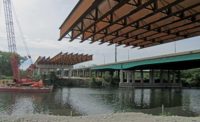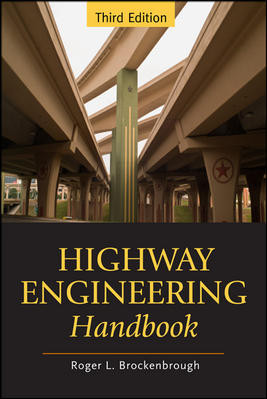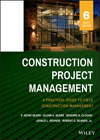Inspection of the Leo Frigo Bridge in Green Bay, Wis., that developed a 2.5-ft sag last year after a piling buckled also showed severe corrosion in four other piers that “significantly reduced the structural capacity” of their foundation systems, a state report said.
Pier 22, along with Piers 21-25, were classified as “Tier 1” in terms of damage severity and potential for safety problems, and had to be repaired before the bridge could be used. The repairs were completed and the bridge re-opened in January, though the studies and analysis continued. An executive summary of the report was issued Aug. 27 and the full report is due late this year.
The Tier 1 piers got a new drilled shaft foundation, with 5-ft-dia drilled shafts approximately 120 ft deep with a 4.5-ft diameter rock socket keyed 7.5 ft into bedrock, says Tom Buchholz, Wisconsin Dept. of Transportation project manager for the bridge repairs.
The new foundations can support the entire pier design load and should last for 75 years, the report said.
The contractor for the $7 million job was Zenith Tech, Waukesha, Wis. Combined with other shoring work, the total for the repairs was $15 million.
Piers 21-25 were built in an area that had been part of an industrial landfill, with soils that have “a highly corrosive combination of industrial porous fly ash, high concentrations of chlorides, high sulfate concentrations, low soil resistivity and microbial activity,” said the report by Scot Becker, director of the WisDOT Bureau of Structures.
“These site conditions led to rapid corrosion of sections of the embedded piles,” the report said. Visual examination of some Pier 22 piles showed “the most common … mode of pile instability was crushing/buckling of the most heavily deteriorated sections of pile.
“Severe deterioration and crushing/buckling was observed on all piles that were exposed,” it said.
WisDOT borings done when the bridge was built showed fly ash, foundry sand, wood chips and organics, Buchholz says.







